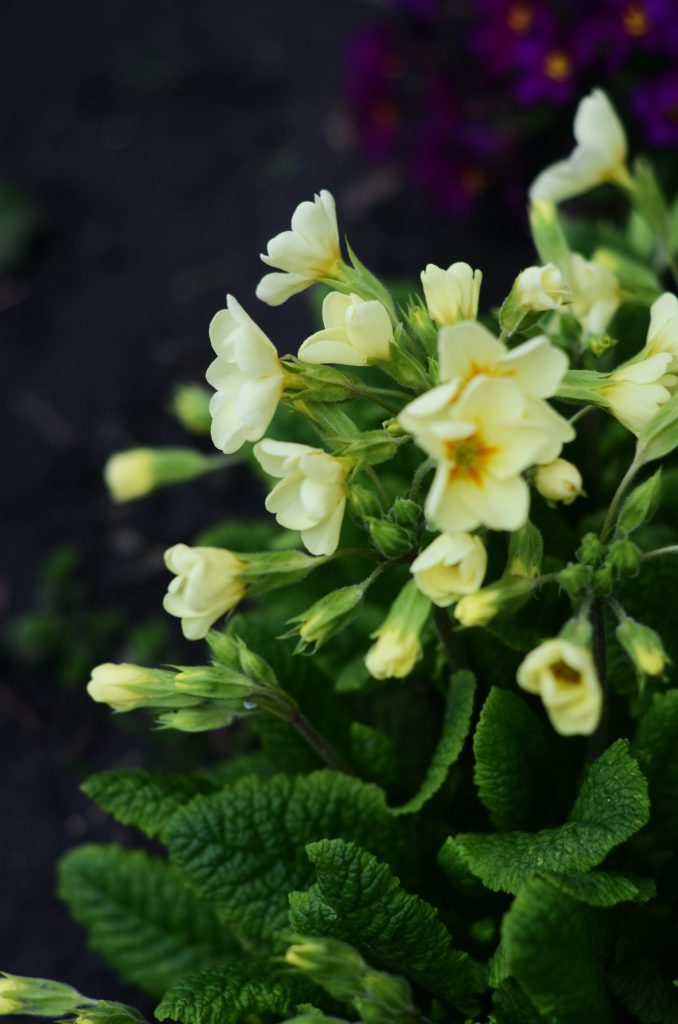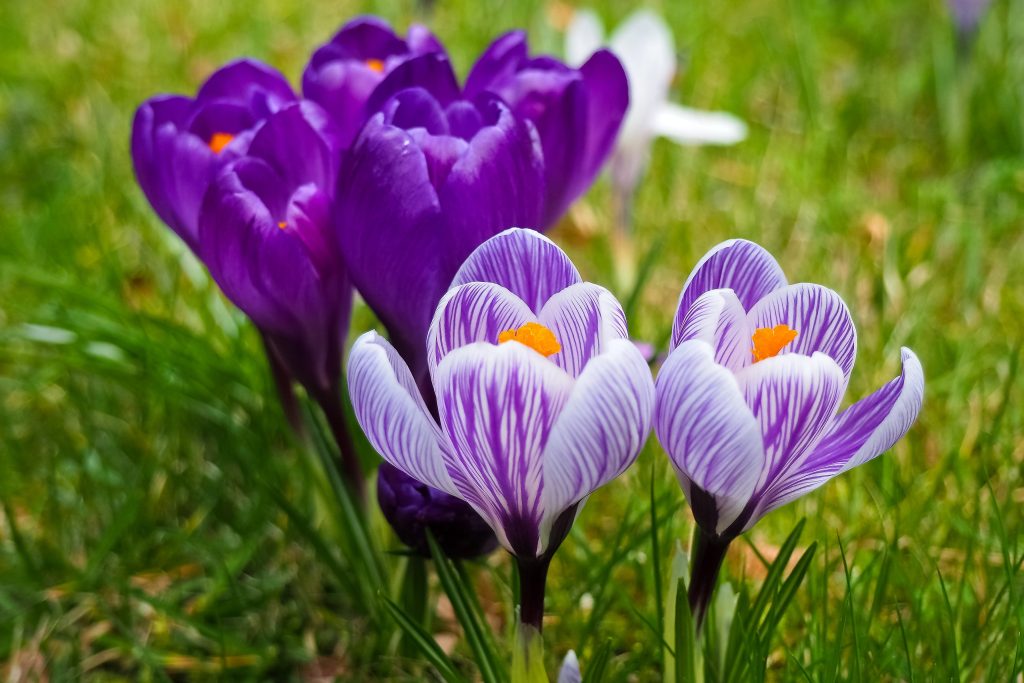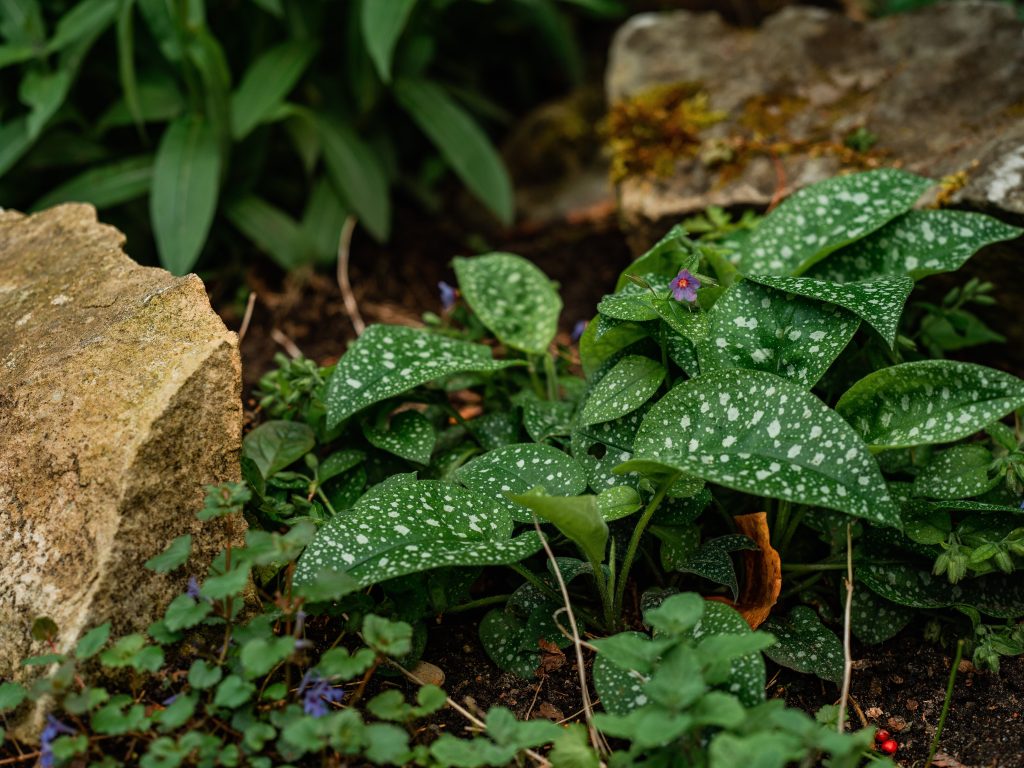‘…I tell you, no Palm of Victory or Tree of Knowledge or Laurel of Glory is more beautiful than this little, white, fragile cup on a pale stalk waving in the rough wind.’
so wrote Karel Capek, in The Gardener’s Year in 1929.
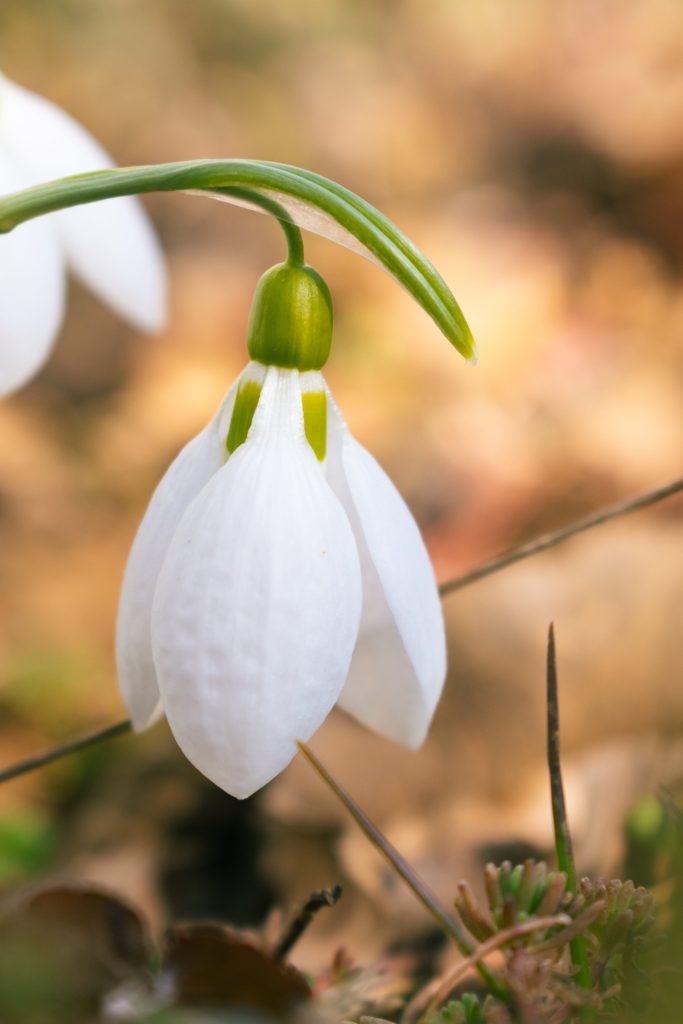
Years have passed since this was written but still it holds true. In the greyness of reluctantly lengthening February days the sight of a carpet of snowdrops lifts the spirits and offers promises of hope and delight as the shy spring flowers gradually and gently unfurl delicate leaves and optimistic blooms.
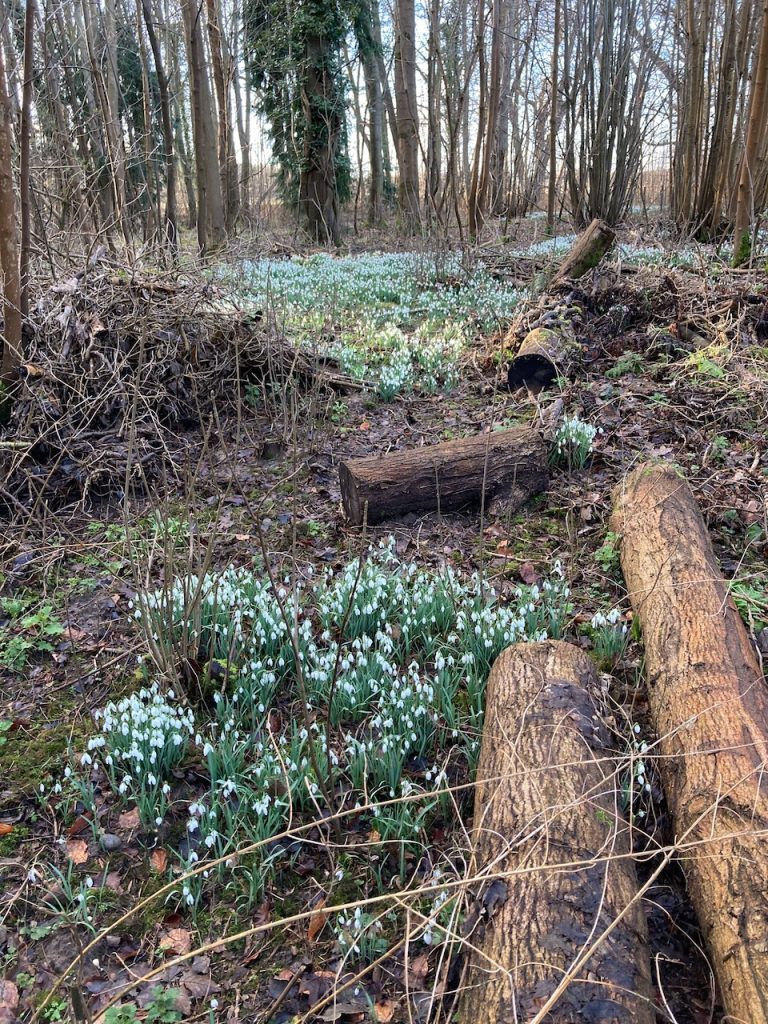
The technical name for a snowdrop is Galanthus, from the Greek word, gala, meaning ‘milk’ and anthos, meaning ‘flower’. Thus we get ‘milk flower’ and, indeed, the pure white blooms resemble upturned drops of spilt milk.
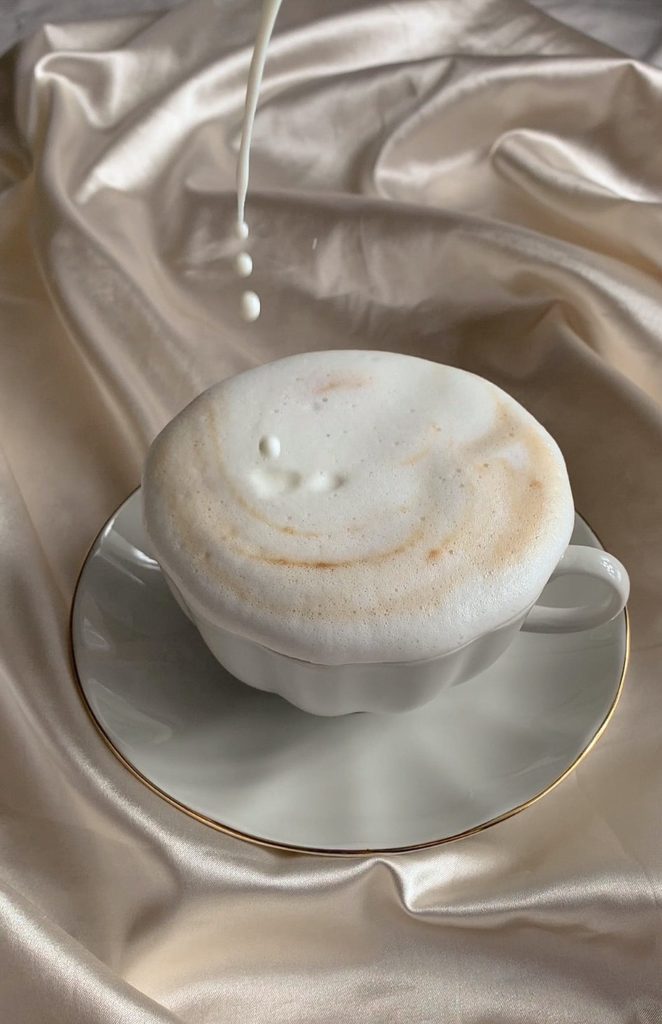
It is a signal that winter’s grip is loosening when snowdrops make their appearance – but make sure you see them in their masses as it is said to be unlucky to see just one solitary snowdrop. Taking them indoors is a portent of an impending death – so enjoy them in their masses and in the great outdoors!

There is a touching legend that tells how, when Adam and Eve were cast out of Eden, Eve sat crying in the cold bitter wind and hostile environment that now confronted them. An angel took pity on her and breathed on a snowflake, sending it fluttering down to earth. Where the snow landed, snowdrops grew.

In Romania, the flowers are known as ‘Daughters of the Wind.’ Legend has it that each year, the sun returns to Earth at winter’s end as a young girl. One year, Winter didn’t want to let the young girl go. He kidnapped the girl. Her lover fought Winter and managed to free her but was wounded in the process. Where his blood spilled, snowdrops grew.
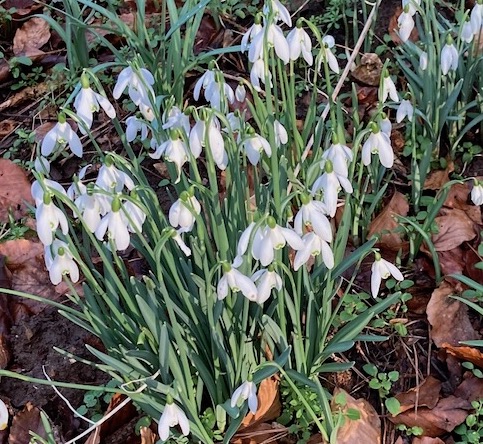
A German folk legend tells how God sent snow to visit every flower to decide what colour each flower would be. But all the flowers were rude, with the exception of the snowdrop. As a reward, snowdrops were allowed to bloom first – but they had to agree to give up any claim to colour.
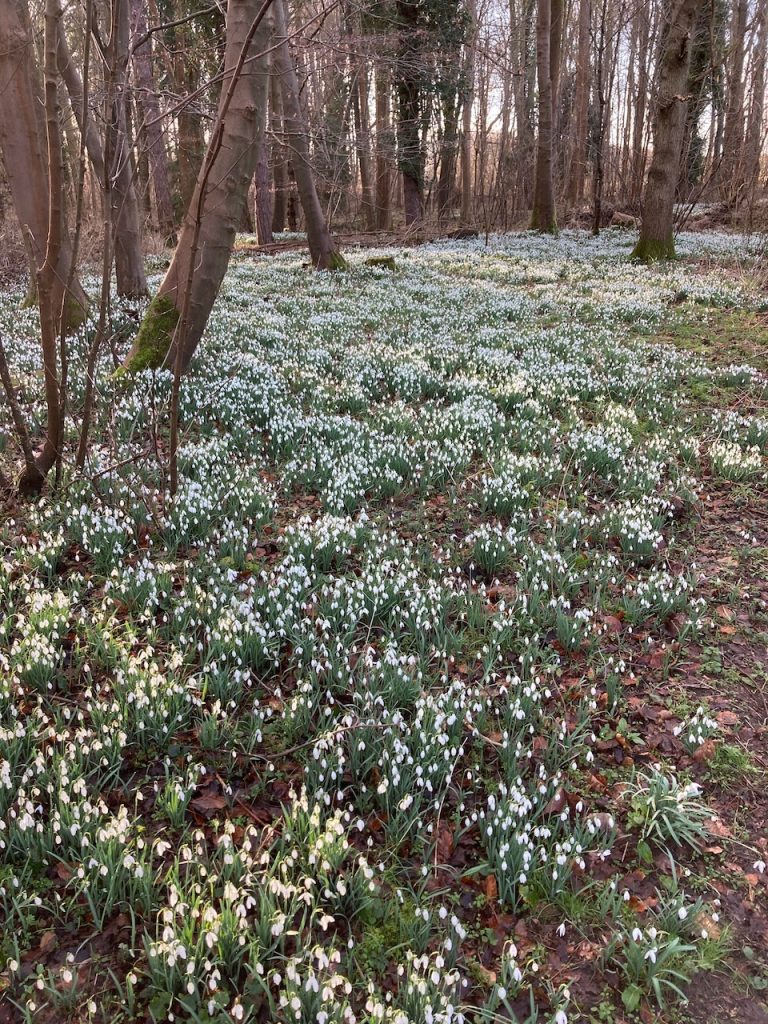
So, enjoy the pure white carpets of snowdrops whilst they last – more colour is just around the corner!

